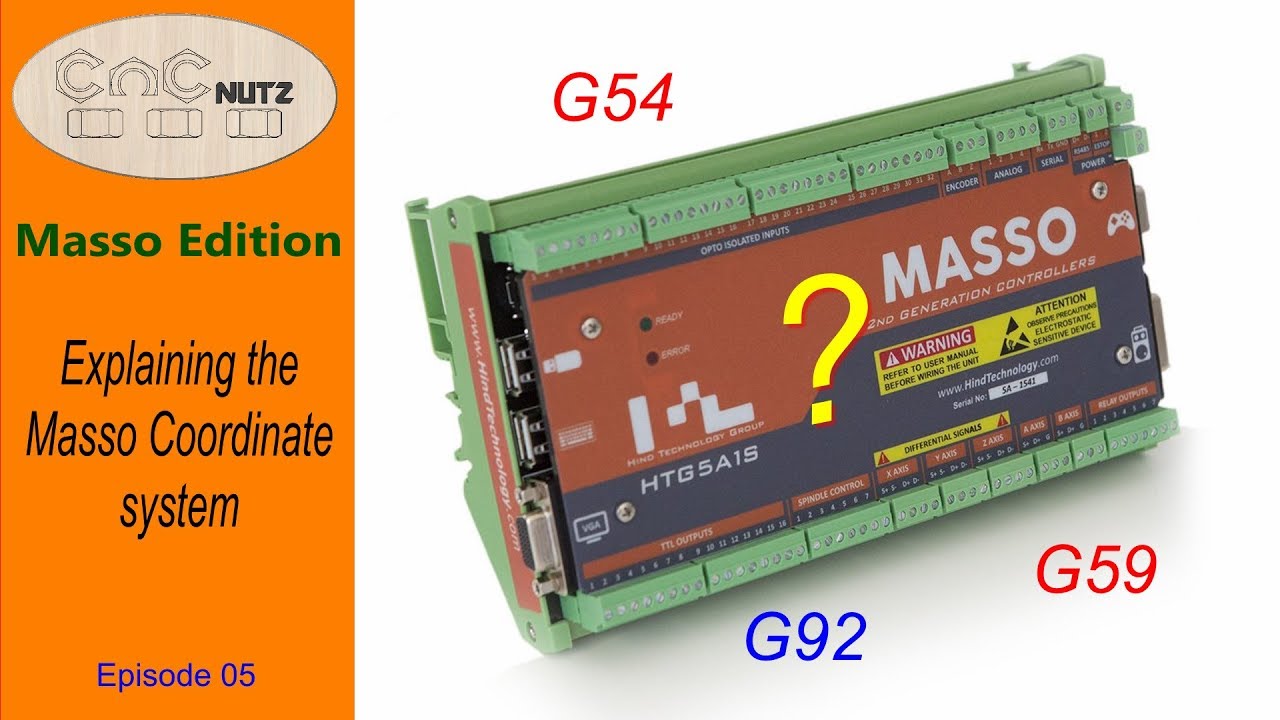I use a 3D probe to set the material Z offset. I manually set X & Y with a laser pointer.
I was talking to Cody from Cadence and mentioned that a great innovation would be a way to set Z in the GCode so that it was automatic. He mentioned that Haas has something that can do this, but it’s expensive.
Currently, my process is that I have to change the tool setter to manual, change the tool to the 3D probe, attach the wire to the probe, jog to X/Y position, probe for Z, detach the wire, change the tool to something in my tool holder slots, go back and change the tool changer back to automatic.
Does anyone have a suggestion to make this process automatic with a different 3D probe and GCode instructions to probe for Z and set it prior to the job start?
A probe with a WiFi or Bluetooth signal instead of magnetic cable seems like it would work. But even if it did, I have no idea how it would be coded to do that task prior to starting the job.
Only hobby machine i know that supports the 3d probe is the Masso… is that what you’re using?
Any chance for a video on your process? It might make more sense seeing you “act” it out as you setup for one of your carves.
I think i have the general idea… and I have been looking into adding a 3d probe to our array of accessories, but not far enough down that road just yet.
If you can get the video, i’ll definitely dig into it and see what i can do to help you smooth this process out.
Yes, I have the Masso controller. I’m out of town until Thursday, I’ll try to get a video posted so that you can see what I’m doing when I get back. Incidentally, I did find several 3D probes that have WIFI built in. I’m going to do a little more research and see how to wire the receiver to the Masso controller. The next step will be to investigate what gcode I’d need to accomplish it. What I’d like to be able to do is set the x and y, then run the job. I’d like the machine to pick up the probe, take it to x and y and probe for z (whether that is the material surface or the bed - as indicated in the CAM), then put the probe back and continue on with the job.
I use the ATC to automatically change to the 3D probe. I store it in a rack that is specifically designed for the probe. My probe does have a magnetic cable, but I’m ok with that. I don’t always zero off of the same surface, or in the same location, so I can’t see how I could use one set of gcode to zero for me in all cases. I can imagine running a probing cycle in a fixed location automatically gcode. Since I zero off of different surfaces with different jobs, I don’t feel that would be very useful. For me, the big win is automatically changing to and from the probe.
I have a rack that fits the probe as well. I’ve kept it off the table, because I had to set the cable and jog to position manually, but I’m going to move it to one of my spots on the table so I’ll be able to let it change automatically to save a couple of steps. Like you, I also set z in different locations. I know it’s a small thing, but it would be nice to have a wire-free probe and have the gcode set z at whatever location I’ve set for x & y. I use a laser pointer for that, so I don’t need the probe for it and it’s really fast.
I feel like modifying your gcode to set the probing location will be more hassle than it’s worth. I think you can do the rest pretty easily. What CAM do you use to generate your gcode?
I usually use vcarve pro. Sometimes I use Fusion. I figured that if I could figure out a gcode command that would probe z at x & y, I could just add that into the machine prefix and it would be one and done.
G38.6 I believe is what you’re looking for:
Auto Levelling using G38.6 & Auto Levelling using G38.6
I know the read out is the same, but the pages they go to are not. The first link is a link contained in the second
Hi Chris. That looks like that will do it! All I’ll need to do is add G0X0Y0 prior to that bunch of code and it will probe Z where I set my X and Y zeros. Thanks so much for that. Now I just need to get in touch with Masso to see how to wire in the wireless receiver that communicates with the probe. Then it will be on to testing.
I just thought of another application for this. It just came to me so there might be hurdles I haven’t thought of that won’t make this work, but in theory it should.
By adding that bunch of code that Chris found for me, I could conceivably have two separate jobs on the machine with two different Z heights. It could run a complete job, then pause and ask for a new X & Y zero. I could set X & Y and it would handle the rest, including a Z zero. In fact, I wonder if it would be possible to automate the second X & Y zero.
Maybe this is something people are already doing and I’m just late to the game.
